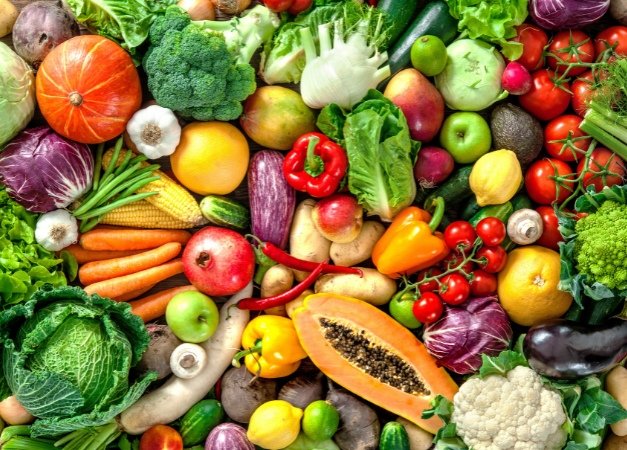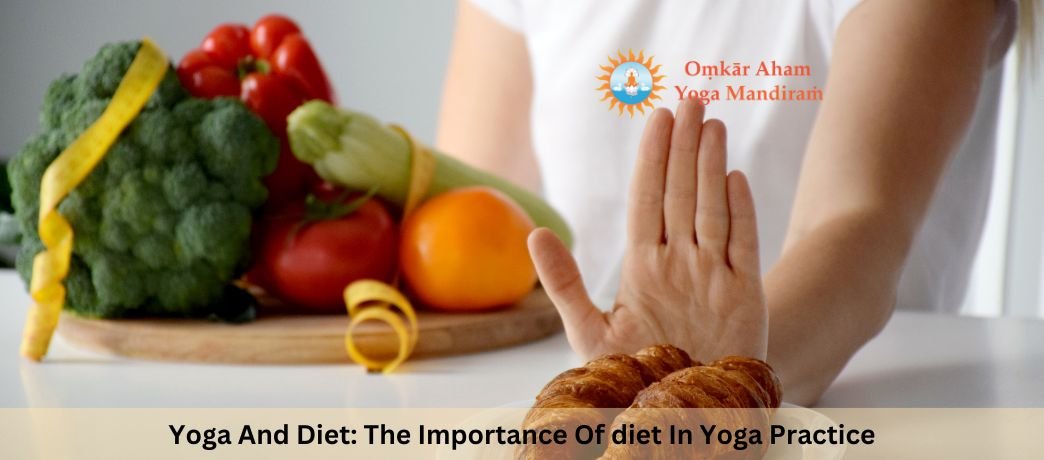Yoga is an ancient practice that has been around for centuries. It is about moving your body in different poses and balancing your mind, body, and soul. Along with the physical practice of yoga, a proper diet is also essential. Diet in yoga plays a vital role as what we eat can influence how we feel, and our bodies perform during yoga. In this article, we will explore the function of diet in yoga, the three types of food in yoga, and foods that can boost your yoga practice. We will also discuss some helpful food modifications to keep in mind while practicing yoga.
Pay Attention To Your Eating Habits
Before diving into the types of food in yoga, paying attention to your eating habits is essential. Try to eat your meals at least two hours before practising yoga. This will give your body sufficient time to digest the food and prevent discomfort during practice. Also, avoid eating heavy meals before yoga, which can make you feel sluggish and slow your practice.
Types Of Food In Yoga
There are 3 types of food in yoga classified: Sattvic, Rajasic, and Tamasic. These categories are based on the qualities of the food and how they affect the mind and body.

Sattvic foods
1. Sattvic: Sattvic foods are pure and wholesome, promoting peace and balance in the mind and body. They are easy to digest and provide the body with the necessary nutrients. Some examples of Sattvic foods include fresh fruits and vegetables, whole grains, nuts, and seeds.
2. Rajasic: Rajasic foods stimulate and increase energy in the body. They can be suitable for physical activity but should be consumed in moderation. Examples of Rajasic foods include spicy foods, caffeine, and processed foods.
3. Tamasic: Tamasic foods are heavy, difficult to digest, and can leave you feeling lethargic and sluggish. They are often foods that are overly processed or stored for a long time. Tamasic foods include meat, alcohol, and stale or leftover food.
Foods That Will Boost You While Practicing Yoga
Certain foods and types of food in yoga can boost your yoga practice by giving you energy and enhancing your focus. Here are some examples:
1. Pears: Pears are a great source of fiber, which can help uphold your digestive system running smoothly.
2. Berries: Berries are loaded with antioxidants, which can help protect your body from free radicals.
3. Raisins: Raisins are a great source of iron, which can help boost your energy levels.
4. Quinoa: Quinoa is a complete protein that can provide sustained energy during your yoga practice.
5. Raw Cacao: Raw cacao is an excellent source of magnesium, which can help relax your muscles and reduce stress.
6. Bananas: Bananas are a fantastic source of potassium, which can help prevent muscle cramps.
7. Melon: Melons are high in water content, which can help keep you hydrated during your yoga practice.
8. Greek yogurt: Greek yogurt is an amazing source of protein, which can help build and repair muscles.
The Final Word
Yoga and diet are closely linked. What you eat can significantly impact your yoga practice and vice versa. By being mindful of your food choices and selecting foods that support your training, you can help ensure that you acquire the most out of your yoga practice. So, consider your eating habits and consider incorporating the Sattvic, Rajasic, and Tamasic food categories into your diet. With the proper fuel, you can achieve your yoga goals and feel your best on and off the mat.
According to Omkar Aham Yoga Mandiram, food is integral to yoga practice. What you eat, when you eat it, and how much you eat all impact the effectiveness of yoga. Omkar Aham Yoga Mandiram is a yoga Ashram that helps you balance your health and diet with regular yoga practice. In addition, it offers sattvic meals during the yoga teacher training in Rishikesh.
If you have any questions or would like to learn more about the role of diet in yoga, please don’t hesitate to reach out. We would be happy to assist you on your journey toward a healthier and happier life. Contact us at:
Call: 91-9997744876





















